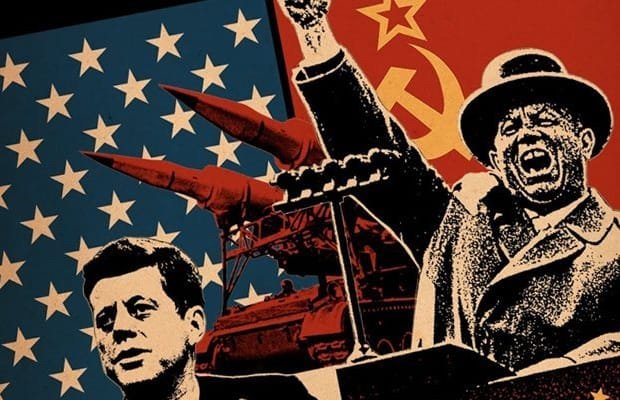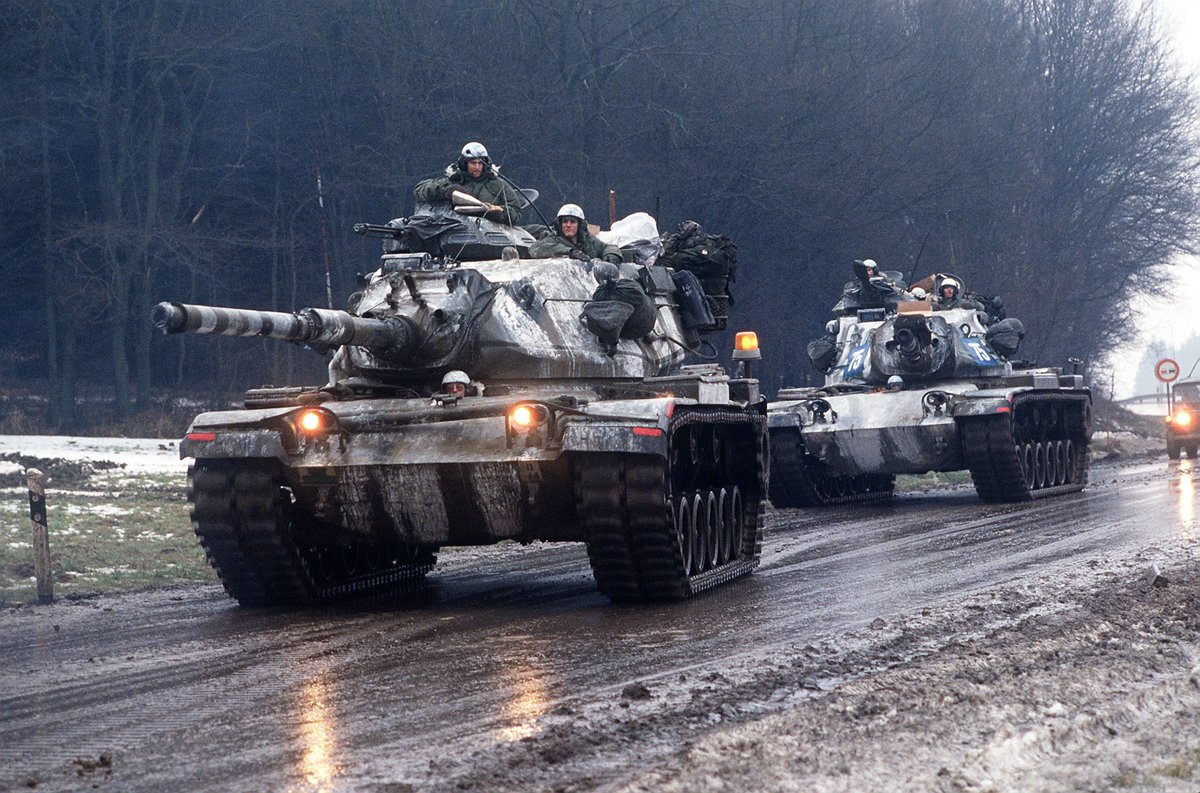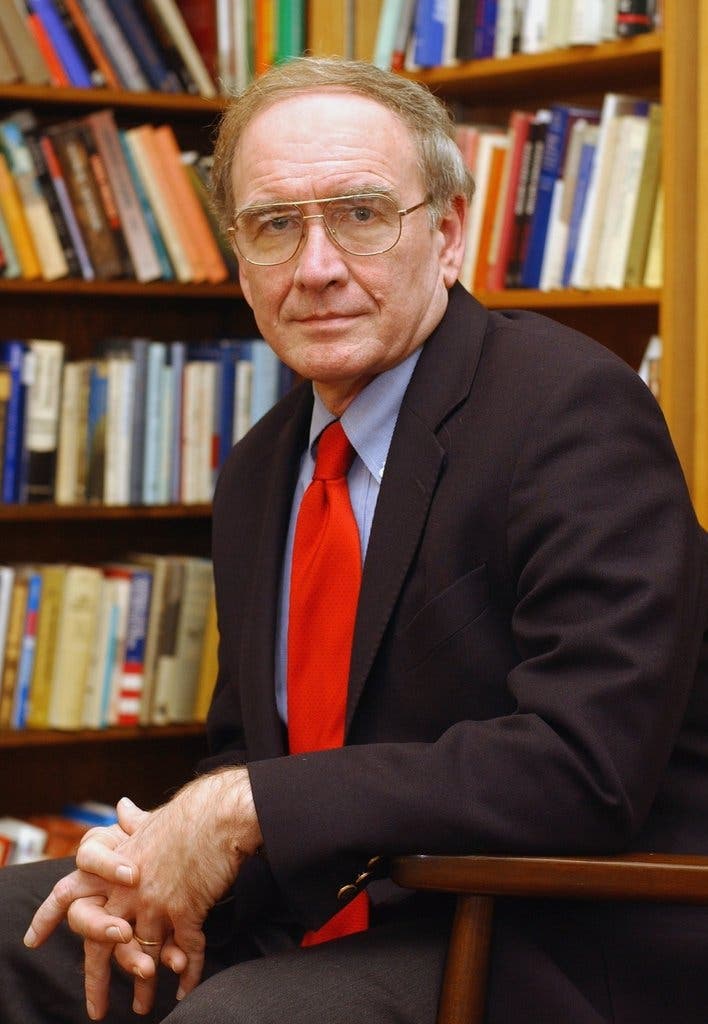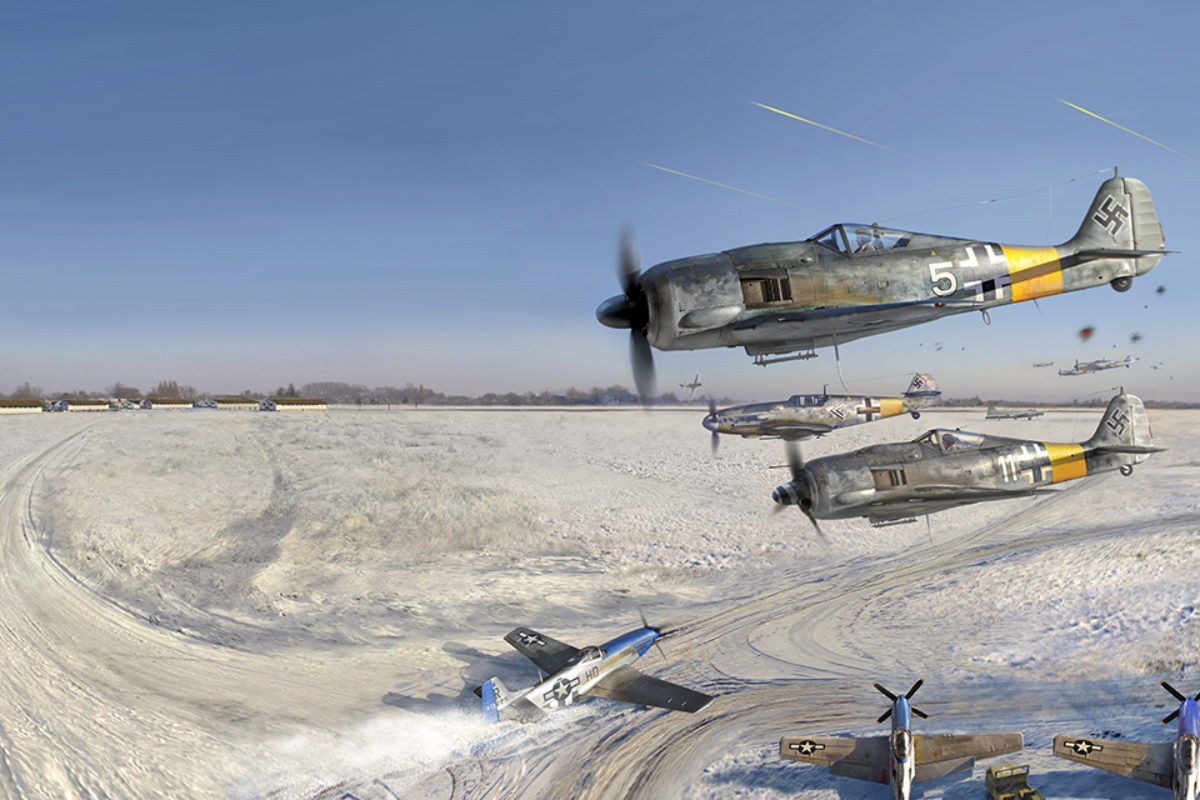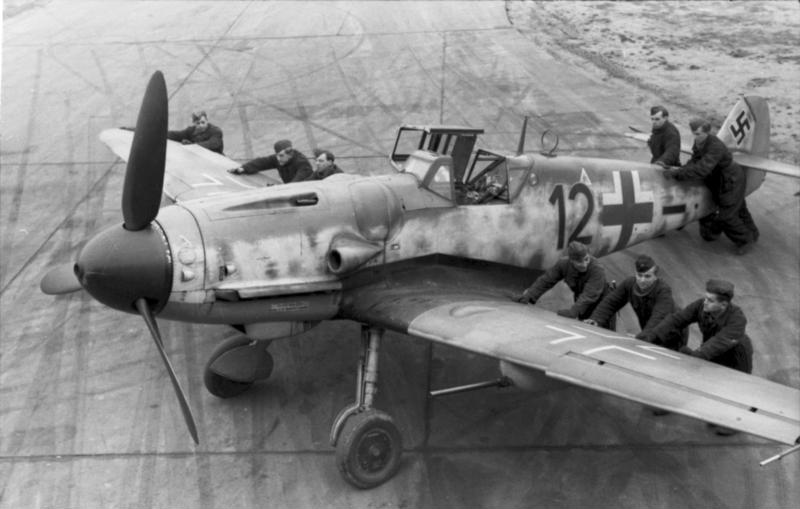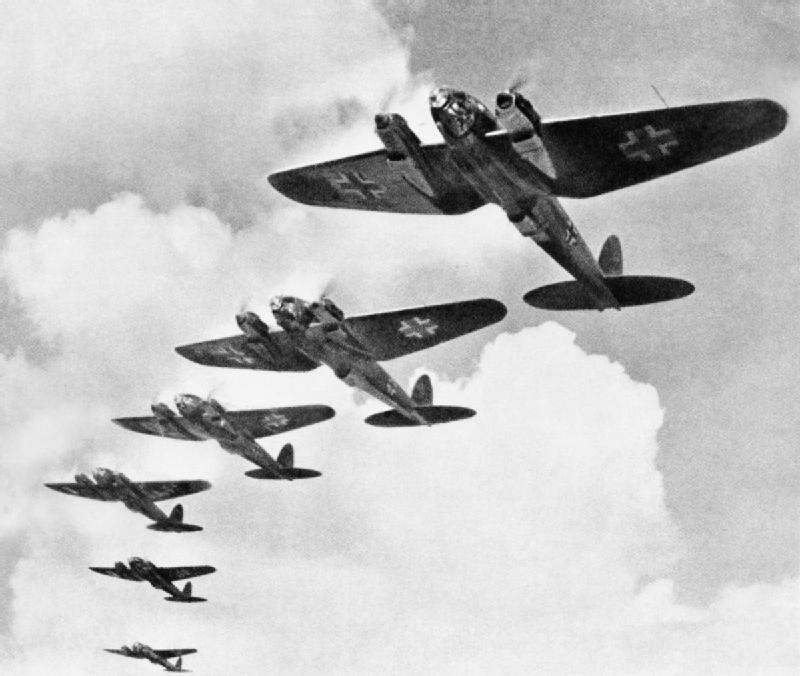
[1 of 9]
So on Tuesday our podcast, The Doomsday Clock, launches on iTunes.
The podcast tells the wildest stories from the Cold War, here defined as 1949 - 1989.
So on Tuesday our podcast, The Doomsday Clock, launches on iTunes.
The podcast tells the wildest stories from the Cold War, here defined as 1949 - 1989.
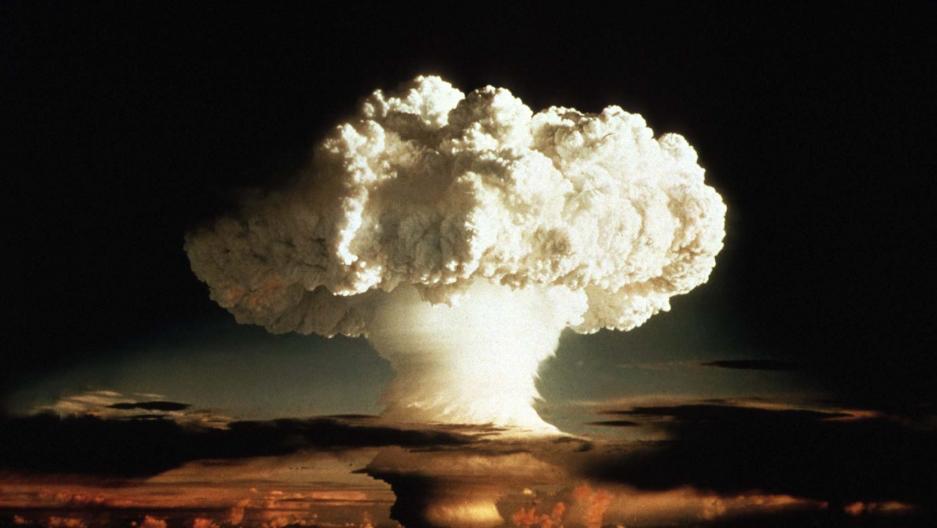
[3 of 9]
That time a Matthew Broderick movie changed national security policy [and we're not talking about Ferris Bueller's Day Off]
That time a Matthew Broderick movie changed national security policy [and we're not talking about Ferris Bueller's Day Off]

[4 of 9]
That time the Soviet Union shot down a Korean airliner, thinking it was a US spy plane, killing 269 people, including an American Congressman.
That time the Soviet Union shot down a Korean airliner, thinking it was a US spy plane, killing 269 people, including an American Congressman.

[5 of 9]
That time during the Cuban Missile Crisis the 1st Armored Division moved to the Georgia everglades to train for an amphibious assault of Cuba only to realize it didn't have the resources or skillset to conduct an amphibious assault. (Bet you don’t know that story).
That time during the Cuban Missile Crisis the 1st Armored Division moved to the Georgia everglades to train for an amphibious assault of Cuba only to realize it didn't have the resources or skillset to conduct an amphibious assault. (Bet you don’t know that story).

[7 of 9]
That time two of America's great generals had a falling out over the appropriate use of nuclear weapons in the global power structure.
That time two of America's great generals had a falling out over the appropriate use of nuclear weapons in the global power structure.
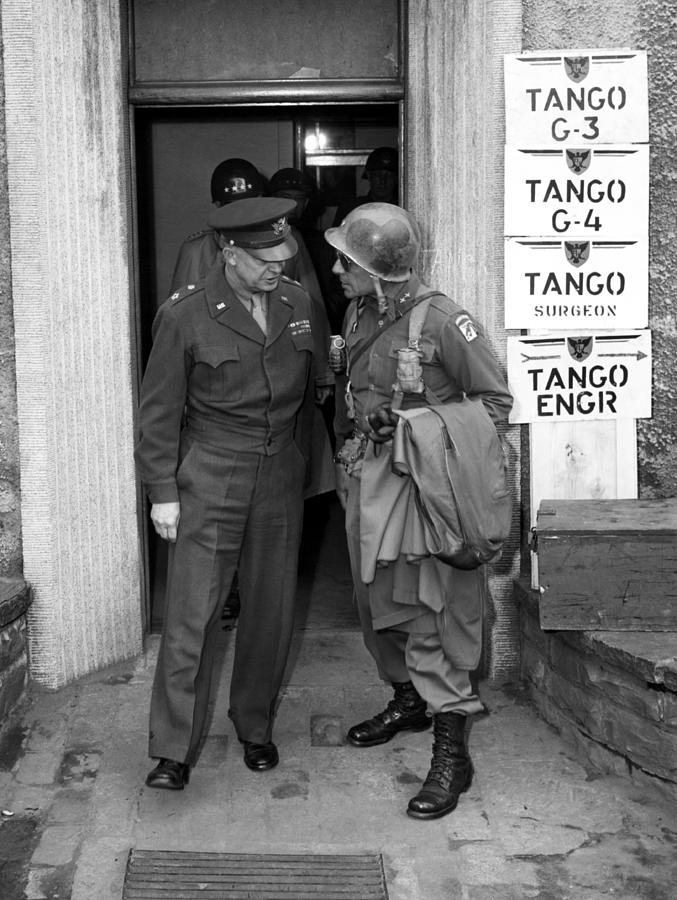
[8 of 9]
All these stories and more.
The Doomsday Clock is the history you never learned in history class.
All these stories and more.
The Doomsday Clock is the history you never learned in history class.
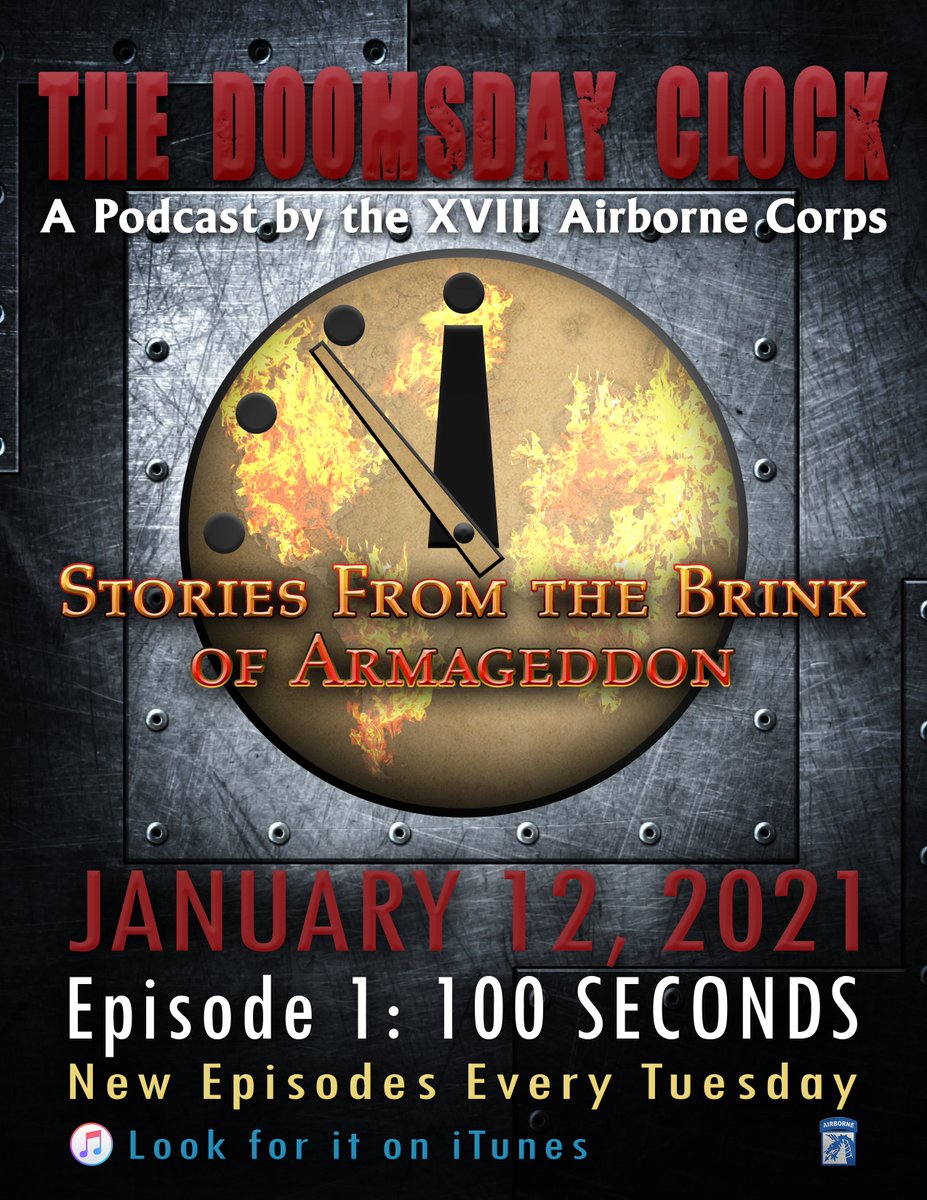
[END]
These are stories of the most powerful people in the world steering toward the abyss.
It's the story of 7 billion people unknowingly teetering on the brink of the edge.
It's the story of a world closing in on midnight.
Tuesday, January 12th.
iTunes.
These are stories of the most powerful people in the world steering toward the abyss.
It's the story of 7 billion people unknowingly teetering on the brink of the edge.
It's the story of a world closing in on midnight.
Tuesday, January 12th.
iTunes.

• • •
Missing some Tweet in this thread? You can try to
force a refresh
